I. Introduction
A. Introduce the concept of Earth 2.0 In the vast expanse of the cosmos, the idea of a second Earth, a planet that closely resembles our own blue oasis, has captured the imagination of scientists and dreamers alike. Earth 2.0, as it has been dubbed, represents the possibility of finding another habitable world, a celestial sibling where life could thrive. The mere thought of such a discovery has ignited a spark of hope and curiosity in the hearts of humanity, fueling our insatiable desire to explore and unravel the mysteries of the universe.
B. Highlight the excitement and anticipation surrounding the discovery The tantalizing prospect of Earth 2.0 has propelled scientists on a relentless pursuit. With advanced telescopes and groundbreaking technologies, they have scanned the vast cosmic tapestry, searching for that elusive planet that could mirror the conditions of our own. The discovery of exoplanets, planets located beyond our solar system, has brought us closer to the realization that there may be other Earth-like worlds out there waiting to be discovered. The anticipation is palpable as we stand on the brink of a profound scientific breakthrough, ready to unveil the secrets of a distant celestial neighbor.
With the stage set and the stakes high, join us as we embark on an awe-inspiring journey to explore the possibilities of Earth 2.0. From the initial discovery to the extraordinary missions and the challenges that lie ahead, we will delve into the depths of this captivating topic, unraveling the science, capturing the imagination, and igniting a sense of wonder about our place in the universe.
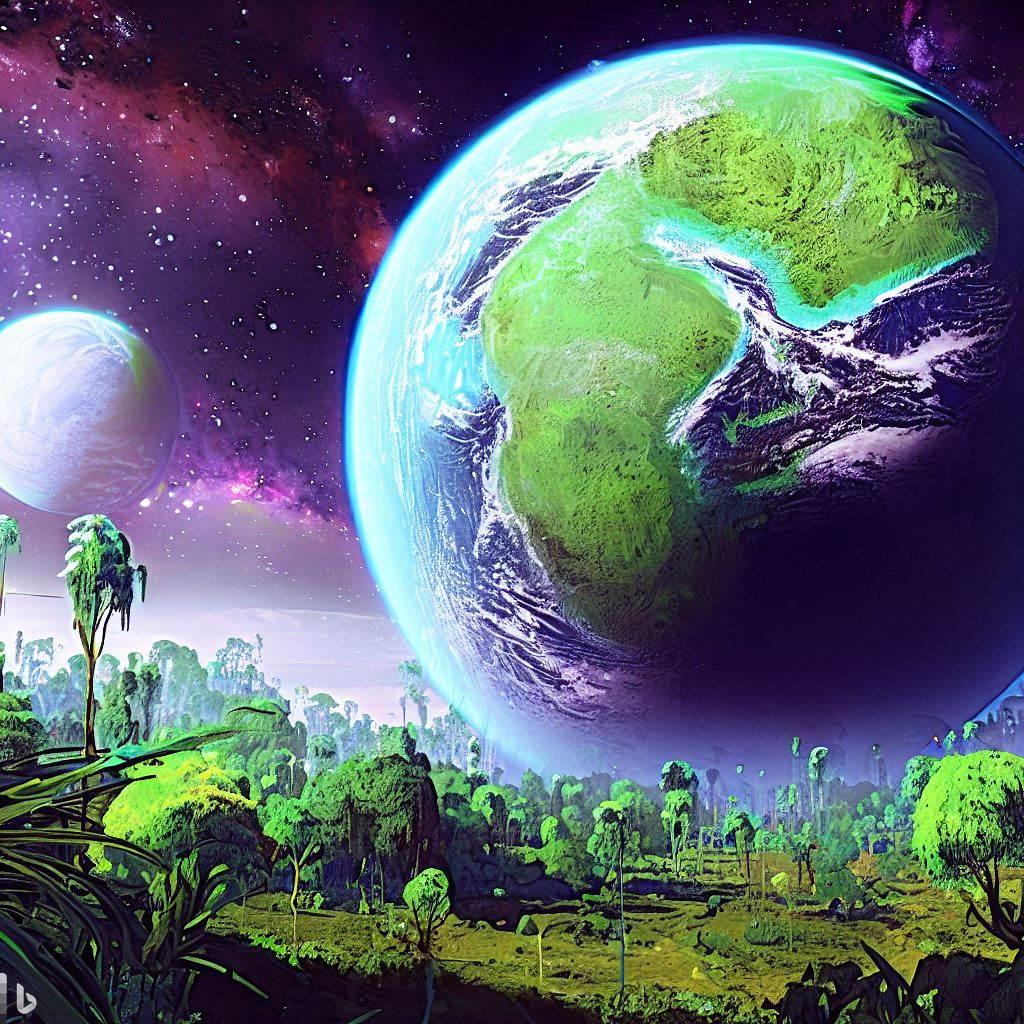
II. The Discovery of Earth 2.0
A. Unveiling the distant exoplanet The discovery of Earth 2.0 was a watershed moment in the field of exoplanetary research. Using cutting-edge telescopes and sophisticated observation techniques, astronomers detected subtle but telltale signs of a potentially habitable world in a distant star system. The planet's orbit, size, and composition pointed to the possibility of a planet remarkably similar to Earth.
B. Describing its remarkable similarity to Earth Earth 2.0, aptly named for its striking resemblance to our own planet, boasts a comparable size, mass, and distance from its host star. Its orbital path falls within the habitable zone, also known as the "Goldilocks zone," where conditions are just right for the existence of liquid water—a fundamental ingredient for life as we know it. Further observations revealed a temperate climate, an atmosphere rich in oxygen, and landmasses adorned with lush greenery and vast oceans.
C. Initial scientific investigations and confirmations The discovery of Earth 2.0 sparked a flurry of scientific activity. Researchers and experts from various disciplines joined forces to study the exoplanet in greater detail. They meticulously analyzed its atmospheric composition, studied its geological features, and simulated climate models to understand its potential for hosting life. Preliminary findings indicated the presence of stable ecosystems and the likelihood of diverse flora and fauna, mirroring the complexity of Earth's biosphere.

III. The Mission to Earth 2.0
A. The selection of a team of astronauts As the realization of Earth 2.0's potential unfolded, space agencies from around the world began the meticulous process of selecting a team of astronauts for the momentous mission. This elite group consisted of highly trained individuals, ranging from astrophysicists and biologists to engineers and geologists. Each member possessed a unique set of skills and expertise that would be vital for the expedition to Earth 2.0.
B. Preparations and training for the interstellar journey The preparation phase for the mission to Earth 2.0 was a comprehensive and arduous process. The astronauts underwent rigorous physical and psychological training to ensure they were well-prepared for the challenges of the interstellar journey. They practiced living in confined spaces, simulated extraterrestrial environments, and participated in intensive scientific research and exploration exercises.
C. Launch and the long voyage through space The day of the launch arrived, marking the beginning of a historic journey. The spacecraft, equipped with state-of-the-art technology and provisions for a multi-year expedition, propelled the astronauts toward their destination. The long voyage through the vast expanse of space was filled with both excitement and anticipation as the team traversed vast distances, encountering celestial wonders along the way. Time passed slowly, with the astronauts relying on their training, camaraderie, and a sense of purpose to navigate the isolation of deep space.
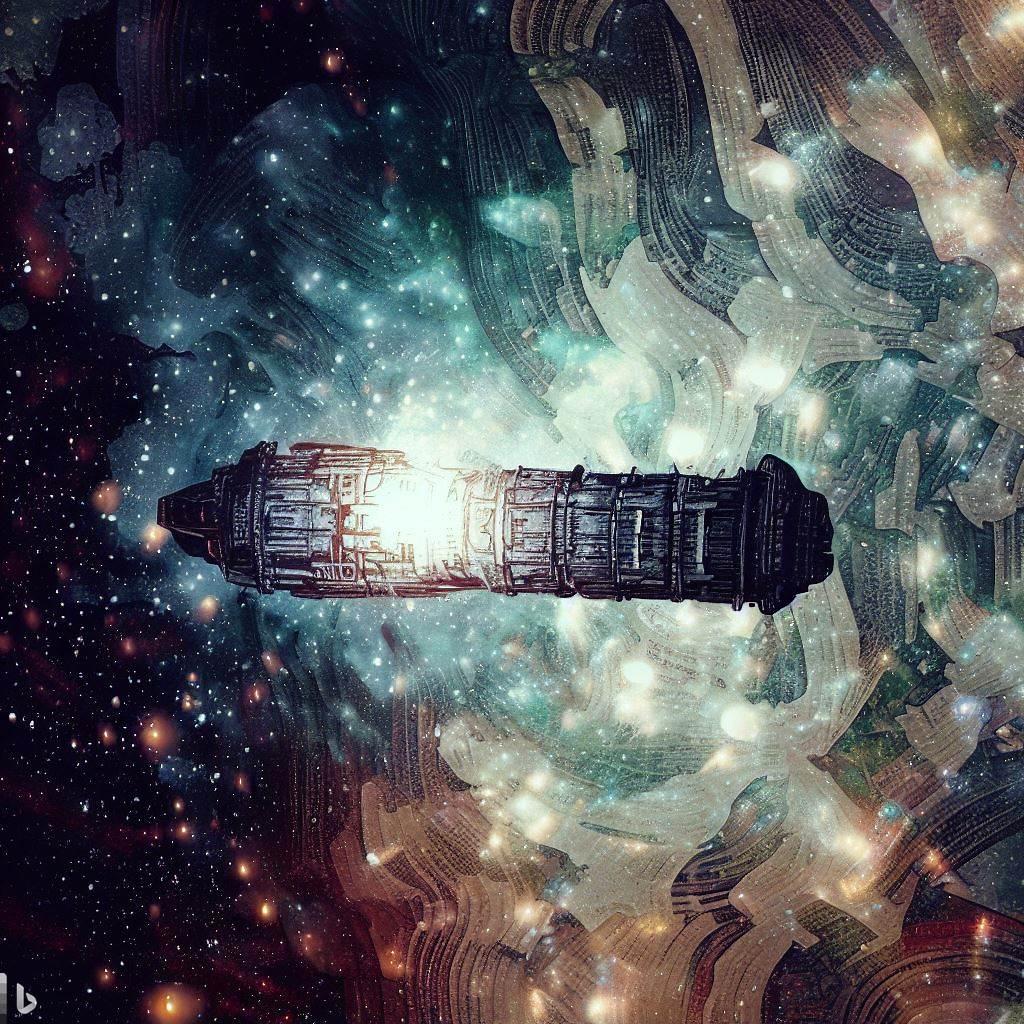
IV. Arrival on Earth 2.0
A. The awe-inspiring sight of a new world After a journey spanning countless light-years, the spacecraft finally approached the orbit of Earth 2.0. As the astronauts peered through the windows, they were greeted by a breathtaking sight—a vibrant, blue-green planet similar in appearance to their home planet, Earth. The air was thick with anticipation as they marveled at the majestic landscapes and the promise of new discoveries.
B. Setting up a base camp and initial exploration The astronauts carefully landed their spacecraft on a designated landing site, choosing a location that offered both safety and scientific potential. With precision and meticulous planning, they established a base camp, equipped with advanced research facilities and living quarters. The first steps on the alien soil filled them with a mix of excitement and reverence as they embarked on the historic task of exploring Earth 2.0.
C. Discovering familiar landscapes and signs of life As the astronauts ventured beyond the confines of their base camp, they were captivated by the familiarity of the landscapes they encountered. Towering mountains, winding rivers, and vast oceans mirrored the natural beauty of their own planet. In their exploration, they also discovered intriguing signs of life—a diverse array of flora and fauna, some reminiscent of Earth's ecosystems but with distinct adaptations to the unique environment of Earth 2.0.
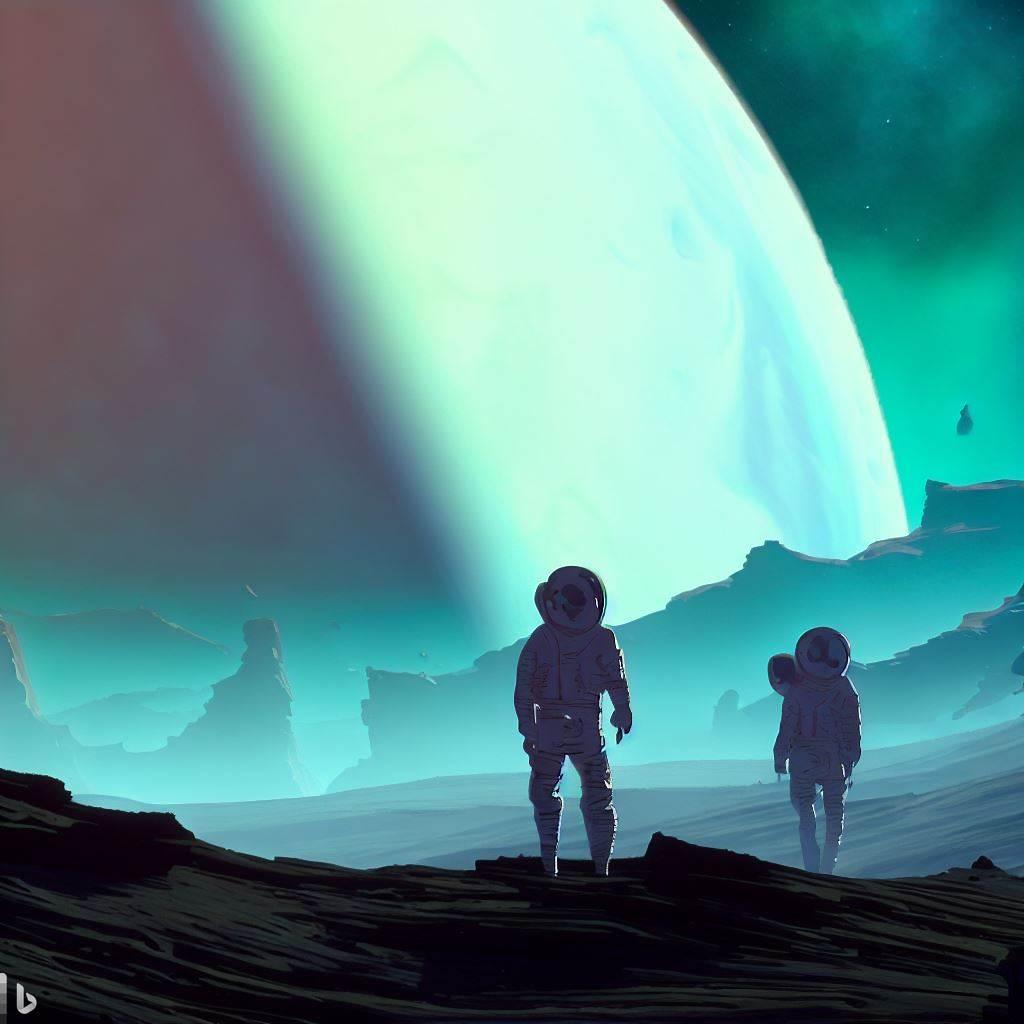
V. Unraveling the Mysteries
A. Investigating the unique ecosystem and wildlife The astronauts delved deeper into the exploration of Earth 2.0, immersing themselves in the study of its unique ecosystem and wildlife. Equipped with state-of-the-art scientific instruments, they conducted extensive research to unravel the mysteries of this alien world. They documented and analyzed the behaviors, adaptations, and interconnections of the diverse species they encountered, uncovering fascinating insights into the intricacies of life on Earth 2.0.
B. Studying the planet's geological formations In addition to the exploration of the living organisms, the astronauts focused their attention on the geological formations of Earth 2.0. They meticulously examined the rock formations, mountains, and canyons, seeking clues about the planet's geological history and the forces that shaped its landscapes. Through careful sampling and analysis, they pieced together a narrative of Earth 2.0's geological evolution, shedding light on its past and drawing intriguing parallels to Earth's own geological processes.
C. Uncovering ancient civilizations and artifacts As the astronauts ventured further into the unexplored regions of Earth 2.0, they made an astonishing discovery—a long-lost civilization that once thrived on this planet. They stumbled upon the remnants of ancient structures, intricate artworks, and artifacts that hinted at a technologically advanced society that existed centuries or even millennia ago. Excitement and wonder filled their hearts as they meticulously studied and documented these remnants, piecing together the story of a civilization lost in time.
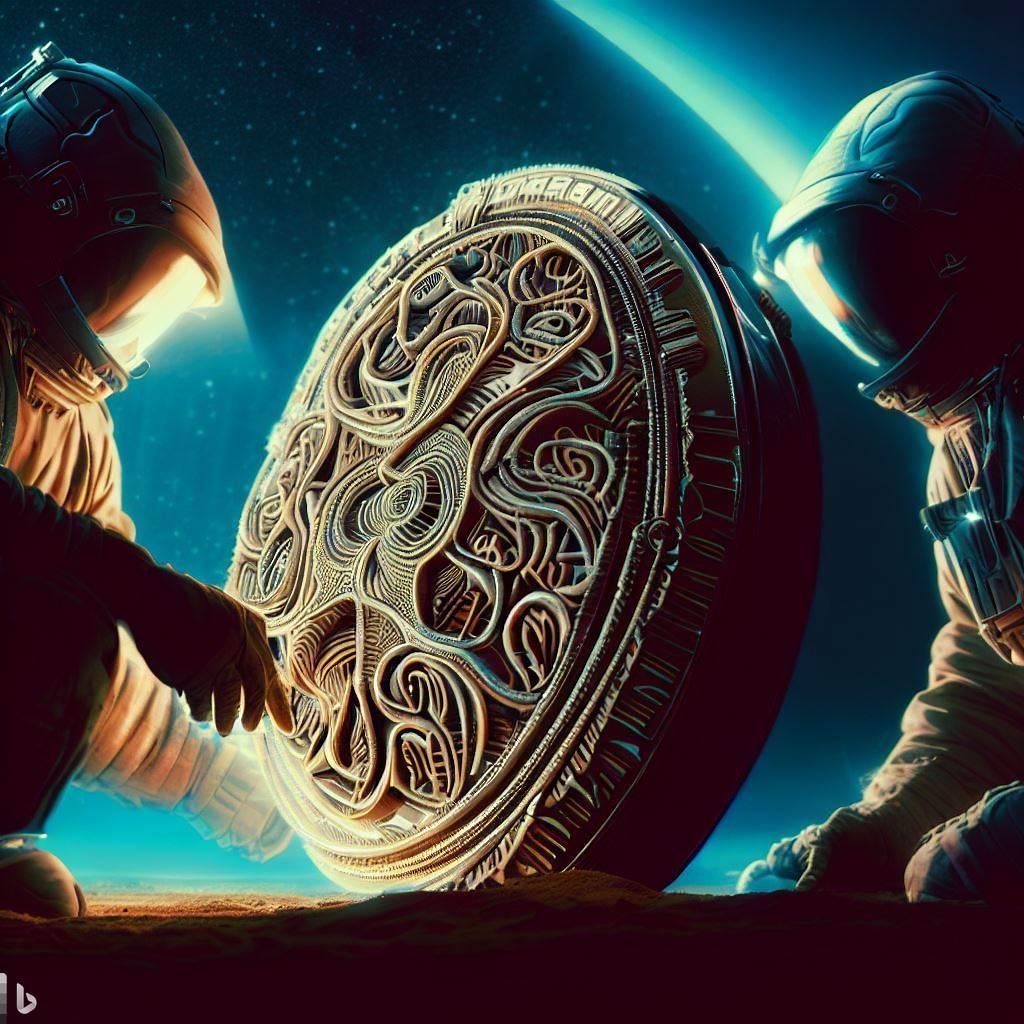
VI. Challenges and Dangers
A. Environmental hazards and unpredictable weather patterns Exploring Earth 2.0 came with its fair share of challenges and dangers. The astronauts encountered extreme weather conditions, including powerful storms, intense heatwaves, and frigid temperatures. They had to adapt quickly to the planet's ever-changing climate and develop innovative strategies to ensure their safety and well-being. The volatile nature of the environment posed constant challenges, requiring them to be resilient, resourceful, and adaptable.
B. Encounter with unknown species and potential threats Earth 2.0 was teeming with life forms that were unfamiliar to the astronauts. They encountered bizarre and exotic species, ranging from microscopic organisms to large and enigmatic creatures. Some of these species exhibited aggressive behaviors or possessed unique defense mechanisms, posing potential threats to the explorers. The astronauts had to exercise caution and employ their scientific expertise to study and understand these species, ensuring both their safety and the preservation of the planet's delicate balance.
C. Struggles to adapt and survive in a foreign environment Living and surviving on Earth 2.0 presented the astronauts with numerous physical and psychological challenges. They had to acclimate to the planet's gravity, which differed from Earth's, and cope with the effects of prolonged space travel. They also faced the mental and emotional strain of being away from their home planet for an extended period. The isolation, distance from loved ones, and the constant need to adapt to a new environment tested their resilience and pushed them to their limits.
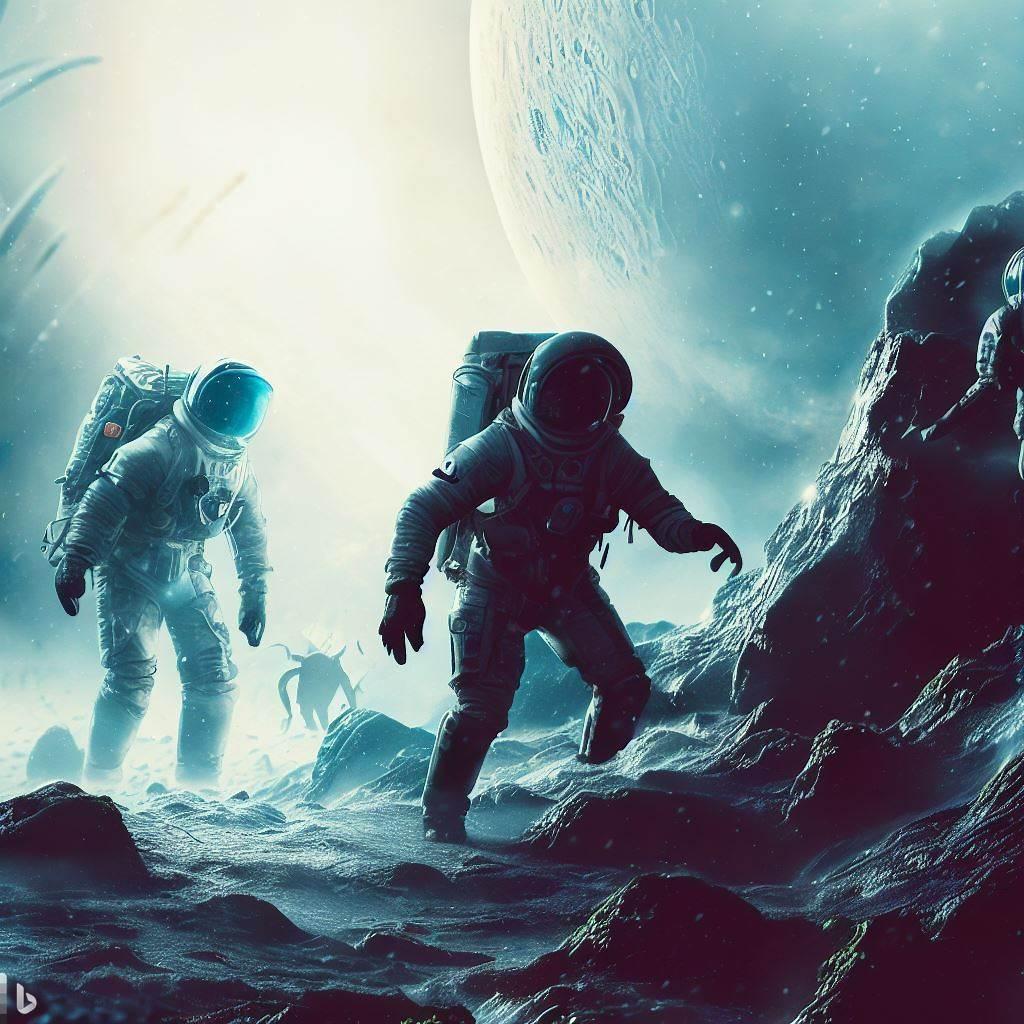
VII. The Human-Planet Connection
A. Developing a deeper understanding of Earth's fragility The experience of exploring Earth 2.0 had a profound impact on the astronauts' perspective of their home planet. Witnessing the delicate balance of ecosystems, the vulnerability of the environment, and the interconnectedness of all living beings on Earth 2.0 deepened their appreciation for Earth's fragility. They gained a heightened awareness of the urgent need for environmental preservation and sustainable practices to protect our own planet.
B. Reflections on the importance of preserving our own planet The awe-inspiring beauty and diversity of Earth 2.0 served as a poignant reminder of the preciousness of our own planet. The astronauts reflected on the significance of preserving Earth's natural resources, combating climate change, and promoting responsible stewardship of the environment. They returned to Earth with a renewed sense of urgency to inspire change and encourage global efforts towards a sustainable future.
C. Sharing knowledge and building a harmonious coexistence The astronauts recognized the importance of knowledge exchange and collaboration between Earth and Earth 2.0. They actively shared their experiences, scientific findings, and cultural insights to foster a deeper understanding and appreciation between the two worlds. The inhabitants of Earth 2.0, while different in their evolutionary path, demonstrated a remarkable capacity for learning and adaptation. The astronauts and the indigenous species of Earth 2.0 forged a bond based on mutual respect and the shared goal of building a harmonious coexistence.

VIII. Return to Earth
A. Bittersweet farewell to Earth 2.0 The time had come for the astronauts to bid farewell to the captivating world of Earth 2.0. The beauty, wonder, and discoveries they experienced on the distant planet had left an indelible mark on their hearts. Saying goodbye to the inhabitants and the newfound ecosystem was bittersweet, as they carried memories that would last a lifetime.
B. Lessons learned and valuable scientific data gathered The journey back to Earth provided the astronauts with ample time for reflection. They marveled at the scientific data and samples they had collected, which held the potential to revolutionize our understanding of habitable planets and the search for extraterrestrial life. The information gathered during their exploration of Earth 2.0 would contribute to advancements in astrophysics, biology, and planetary science.
C. The journey back home and the impact on the returning astronauts As the spacecraft made its way back to Earth, the returning astronauts contemplated the profound impact of their expedition. Their personal growth, expanded perspectives, and the transformation they underwent throughout the mission would forever shape their lives. They returned as ambassadors of Earth 2.0, eager to share their experiences and insights with the world, igniting a sense of curiosity and wonder about the vast possibilities of the universe.

IX. The Legacy of Earth 2.0
A. Inspiring future space exploration and discoveries The profound impact of the Earth 2.0 mission reverberated throughout the scientific community and the world. The successful exploration of a habitable exoplanet ignited a new era of space exploration, fueling the dreams and aspirations of future generations. The mission's achievements inspired scientists, engineers, and visionaries to push the boundaries of knowledge and technology, paving the way for future missions to uncover the mysteries of the cosmos.
B. Shaping humanity's perspective on our place in the universe The discovery of Earth 2.0 and the firsthand experience of its beauty and abundance reshaped humanity's perspective on our place in the universe. It reminded us of the vastness of space, the potential for life beyond our home planet, and the fragility of our own Earth. The mission fostered a deeper sense of unity and responsibility among humanity, instilling a shared commitment to preserving and cherishing our planet.
C. Imagining the possibilities of finding more habitable worlds The successful exploration of Earth 2.0 opened up a world of possibilities in the search for habitable exoplanets. Scientists and astronomers eagerly expanded their efforts to detect and study other potentially life-supporting worlds. The mission served as a catalyst for advancements in space telescopes, detection methods, and interstellar travel technology, fueling the hope that one day we may find other Earth-like planets teeming with life.

X. Conclusion
A. Reflect on the transformative experience of Earth 2.0 The journey to Earth 2.0 was an unprecedented adventure that forever changed the lives of the astronauts and reshaped our understanding of the universe. It was a testament to human curiosity, resilience, and our innate desire to explore the unknown. The experience of witnessing a new world, encountering its mysteries, and forging a connection with an alien environment left an indelible mark on the hearts and minds of those involved.
B. The lasting impact on the individuals and the world The astronauts who embarked on the Earth 2.0 mission returned to Earth as changed individuals. They carried with them a profound appreciation for the beauty and fragility of our own planet, a sense of responsibility to protect it, and a renewed determination to push the boundaries of scientific knowledge. Their stories and experiences inspired countless others, fueling a global movement of environmental awareness and sustainable practices.
C. Leave readers with a sense of wonder and curiosity about the universe As readers conclude their journey through the fictional tale of Earth 2.0, they are encouraged to embrace a sense of wonder and curiosity about the universe. The story serves as a reminder of the infinite possibilities that lie beyond our planet and the potential for extraordinary discoveries. It sparks the imagination and invites readers to contemplate our place in the cosmos, igniting a desire to explore, understand, and protect the wonders that exist both within and beyond our reach.
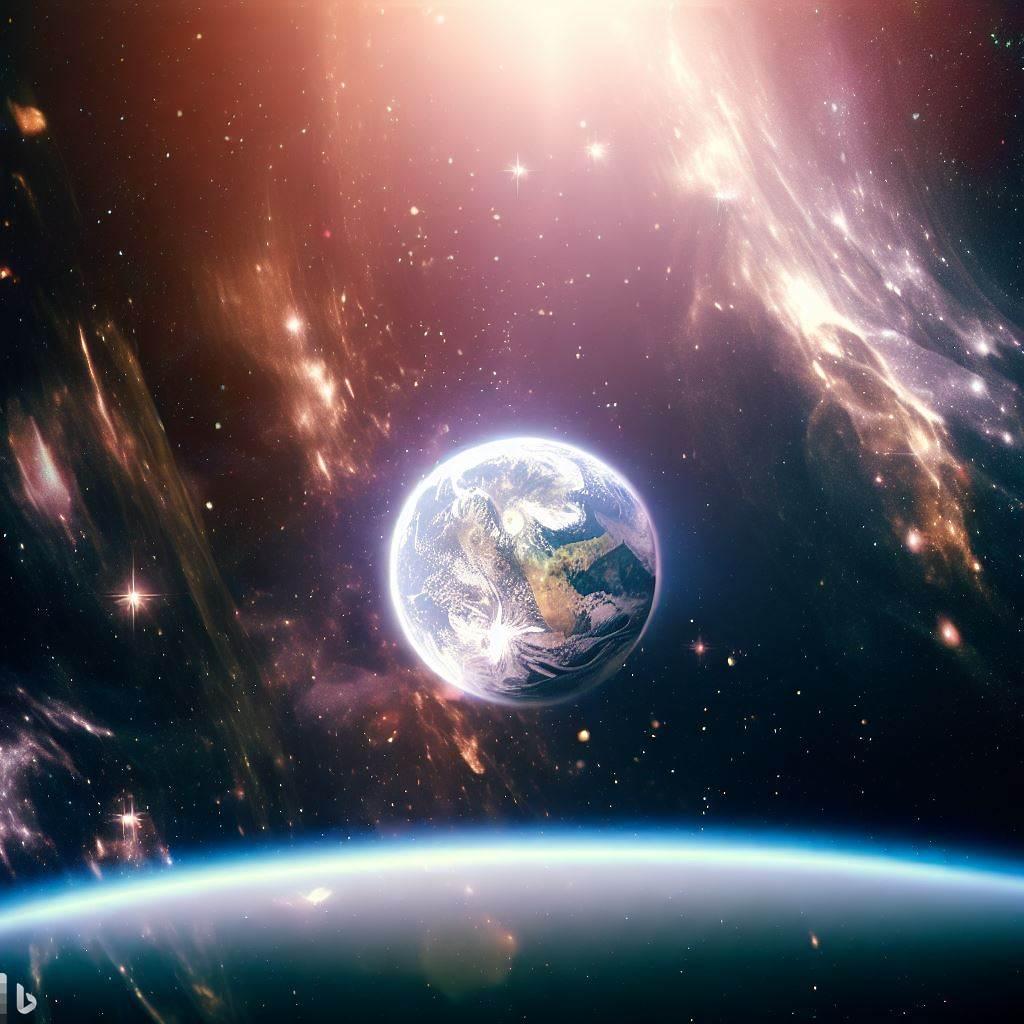



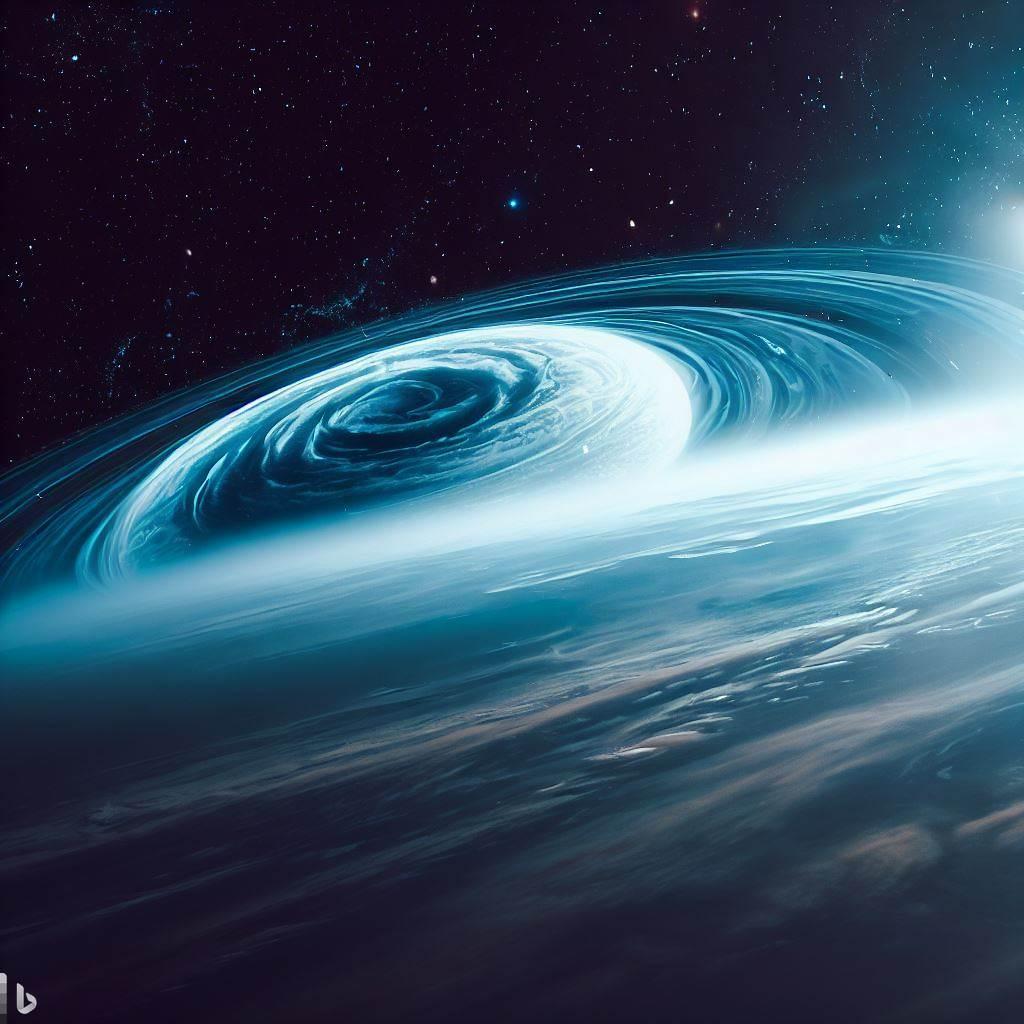
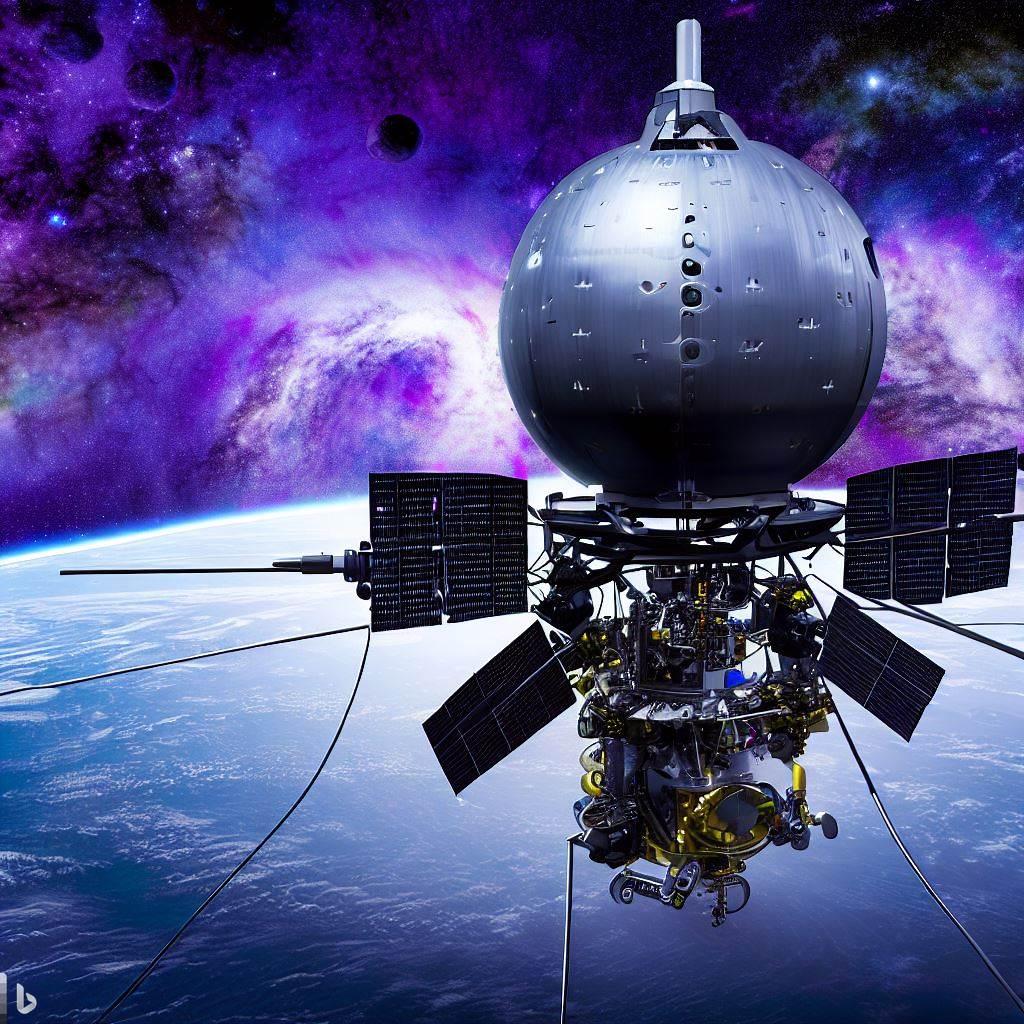

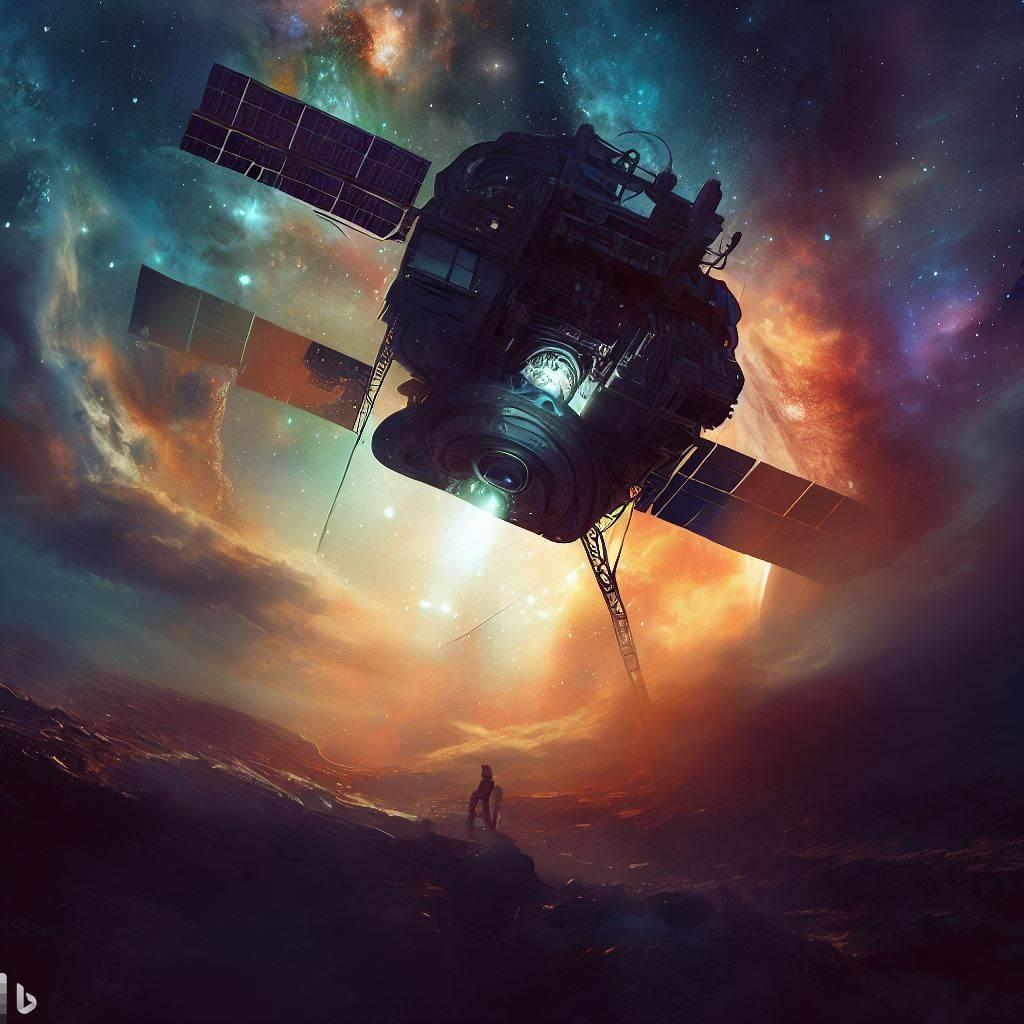


Add a Comment: